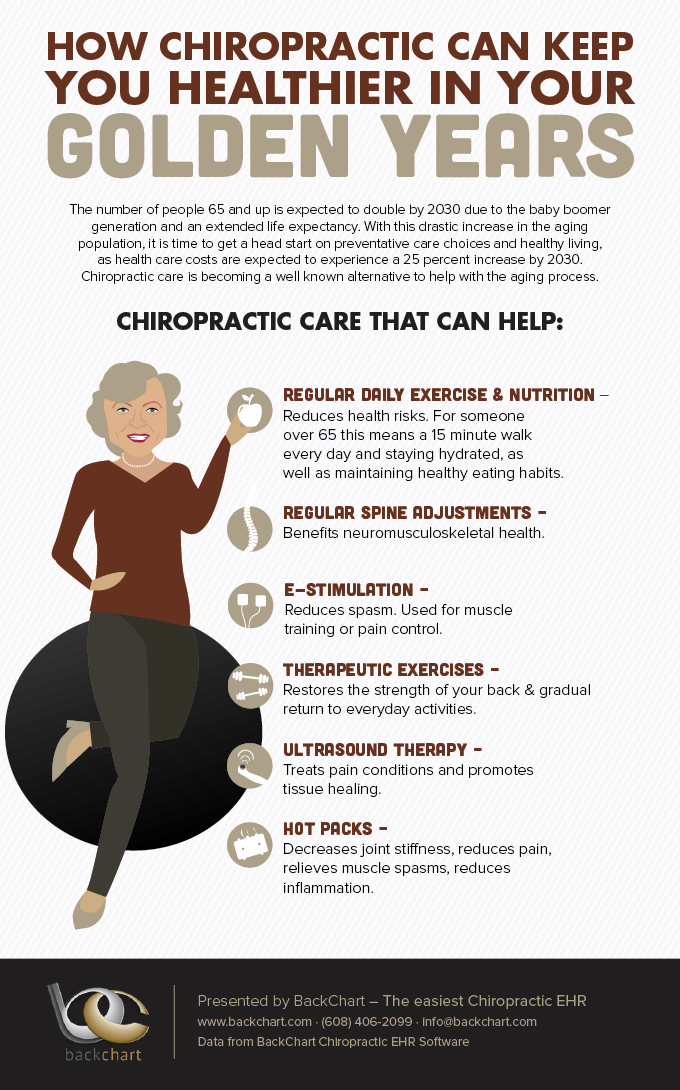A Compelling Insight Into Cold Laser Treatment Showcases Its Ability To Recover And Ease Discomfort-- Uncover The Technicians Behind This Unique Treatment
A Compelling Insight Into Cold Laser Treatment Showcases Its Ability To Recover And Ease Discomfort-- Uncover The Technicians Behind This Unique Treatment
Blog Article
Author-
Cold laser treatment, or low-level laser treatment (LLLT), is a non-invasive treatment alternative you could wish to take into consideration. laser skin tightening fairfield county utilizes certain wavelengths of light to promote healing and decrease pain. Yet exactly how exactly does this light influence your cells? Comprehending https://cold-laser-therapy-myofas00987.blogolenta.com/31381652/aiming-to-recognize-the-advanced-results-of-cold-laser-therapy-on-pain-alleviation-check-out-the-science-that-has-the-possible-to-alter-your-technique-to-discomfort-management behind this therapy can disclose its possible benefits for different conditions. Allow's explore exactly how this ingenious approach jobs and what it could imply for your health.
Understanding Cold Laser Therapy
Cold laser treatment, likewise called low-level laser treatment (LLLT), uses certain wavelengths of light to boost healing in cells without creating any type of damages.
This non-invasive therapy can help in reducing discomfort, swelling, and promote cells repair. https://www.forbes.com/sites/biancasalonga/2022/11/06/lyma-laser-is-the-gold-standard-for-at-home-skincare-devices/ might find it advantageous for different conditions, such as arthritis, tendonitis, or chronic pain.
During a session, a specialist will route the laser at the affected location, and you commonly will not feel any type of discomfort. The therapy fasts, frequently lasting just a couple of minutes, and most individuals call for multiple sessions for optimum outcomes.
Device of Action
The effectiveness of cold laser therapy lies in its ability to boost cellular procedures with certain light wavelengths.
When you use the laser to an afflicted location, the photons penetrate your skin and are absorbed by the cells, particularly the mitochondria. This absorption causes a collection of biochemical responses that boost ATP production, the energy currency of your cells.
As ATP levels rise, your cells can repair and restore more effectively. Furthermore, cold laser treatment decreases inflammation and advertises blood flow, further quickening the recovery procedure.
You may notice better cells repair work and discomfort relief therefore. In general, this non-invasive technique utilizes light power to facilitate recovery on a cellular level.
Benefits and Applications
While lots of look for reliable pain alleviation and healing options, cold laser therapy has emerged as a versatile option with numerous benefits.
You'll find it can minimize inflammation, advertise cells fixing, and speed up recovery. This non-invasive therapy can aid with numerous problems, including joint inflammation, tendonitis, and sports injuries. Many people experience remedy for persistent pain, making daily tasks much more convenient.
Cold laser therapy is likewise made use of in oral techniques to reduce discomfort and quicken recovery after treatments. Not just is it risk-free and painless, yet it additionally has minimal adverse effects, allowing you to go back to your regular swiftly.
With its growing applications in both clinical and wellness settings, cold laser treatment could be the option you have actually been trying to find.
Conclusion
In conclusion, cold laser therapy supplies a promising, non-invasive choice for promoting recovery and easing discomfort. By harnessing details wavelengths of light, it stimulates your cells, improving their all-natural repair work procedures. Whether you're handling chronic discomfort, swelling, or injuries, this treatment can provide significant benefits. If you wonder regarding just how cold laser treatment might assist you, think about talking with a healthcare professional to discover your alternatives and get going on the course to recuperation.
